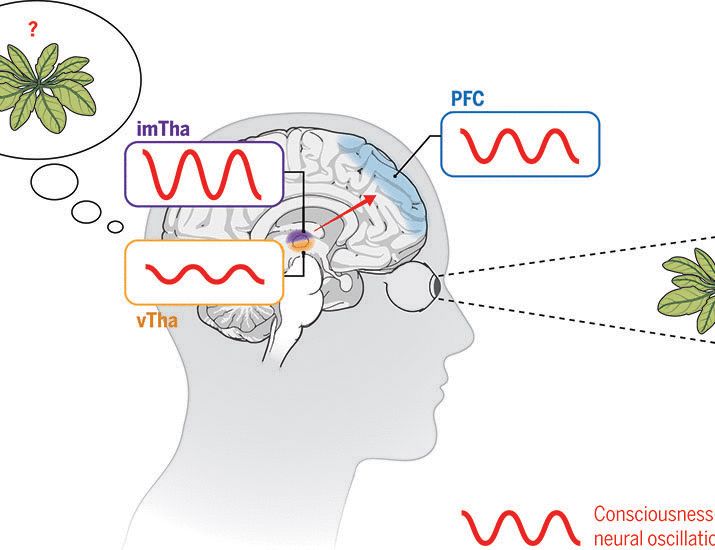
Spatial memory, cell types, amyloids, dementia, brain rhythms.
https://scholar.google.com/citations?hl=en&user=tgCeCVwAAAAJ&view_op=list_works&sortby=pubdate

"Pathological tau alters head direction signaling and induces spatial orientation"
www.cell.com/cell-reports...
"Pathological tau alters head direction signaling and induces spatial orientation"
www.cell.com/cell-reports...

"Pathological tau alters head direction signaling and induces spatial orientation"
www.cell.com/cell-reports...
I think it is important for scientists to explain to policymakers and the public about pharmacodynamics and pharmacokinetics - complex interactions between drugs and the body
www.sciencemediacentre.org/expert-react...

I think it is important for scientists to explain to policymakers and the public about pharmacodynamics and pharmacokinetics - complex interactions between drugs and the body
Viridans streptococci DNA found in ~42% of coronary plaques, forming biofilms ignored by macrophages
Once fragments escape, TLR2 senses them—potentially triggering an inflammatory response that disrupts plaque stability and increases heart attack risk
www.ahajournals.org/doi/10.1161/...
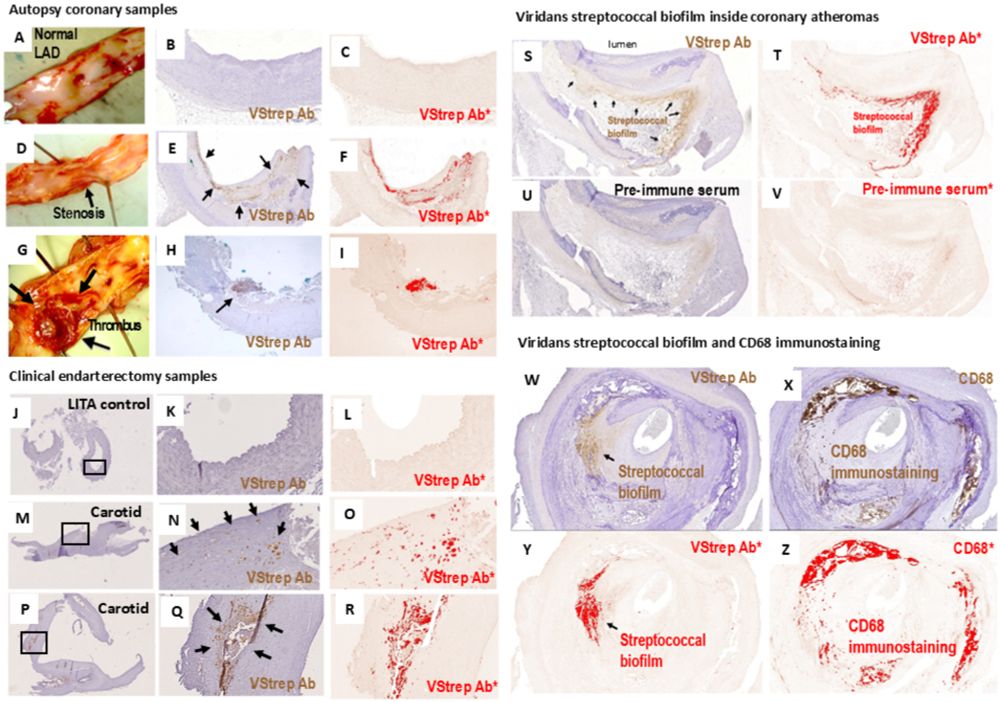
#autism #microbiome #biomarkers #diagnostic
#autism #microbiome #biomarkers #diagnostic
doi.org/10.1016/j.tc...

doi.org/10.1016/j.tc...

🔊 Listen now: www.bbc.co.uk/sounds/play/...

🔊 Listen now: www.bbc.co.uk/sounds/play/...
It is also a good example of why it is so important to identify and define the most vulnerable brain regions and cell types for a given disease. In this case it is medium spiny neurons of the striatum.
www.bbc.co.uk/news/article...

It is also a good example of why it is so important to identify and define the most vulnerable brain regions and cell types for a given disease. In this case it is medium spiny neurons of the striatum.
Alzheimer's disease and prion diseases are linked to unnatural aggregation of proteins into amyloid fibrils.
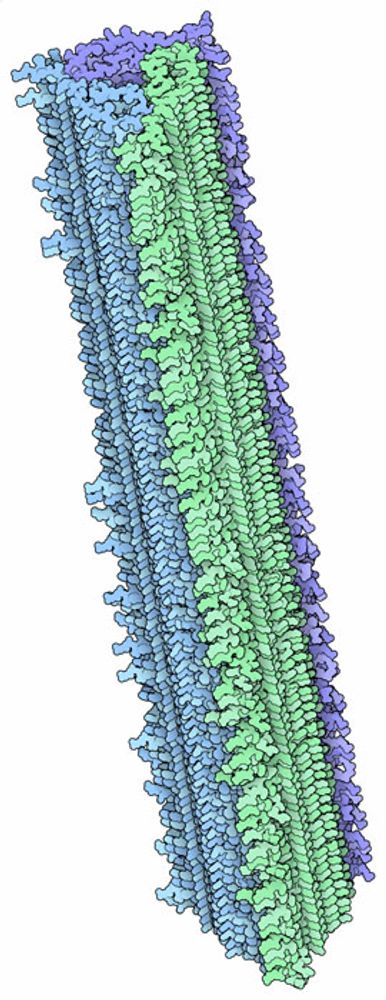
Alzheimer's disease and prion diseases are linked to unnatural aggregation of proteins into amyloid fibrils.
The thalamus has long been seen as a relay of sensory signals to cortex.
But could it also generate its own structured activity?
Our study explores this question in the head-direction (HD) system.
Some explanation 🧵👇 1/13
www.biorxiv.org/content/10.1...

The thalamus has long been seen as a relay of sensory signals to cortex.
But could it also generate its own structured activity?
Our study explores this question in the head-direction (HD) system.
Some explanation 🧵👇 1/13
www.biorxiv.org/content/10.1...
doi.org/10.1101/2025...
🧠📈 🧪
1/11

doi.org/10.1101/2025...
🧠📈 🧪
1/11
Abstract submission: tinyurl.com/2r7f8dup
Meeting website: tinyurl.com/mry28bfc

Abstract submission: tinyurl.com/2r7f8dup
Meeting website: tinyurl.com/mry28bfc
www.brainstimjrnl.com/article/S193...
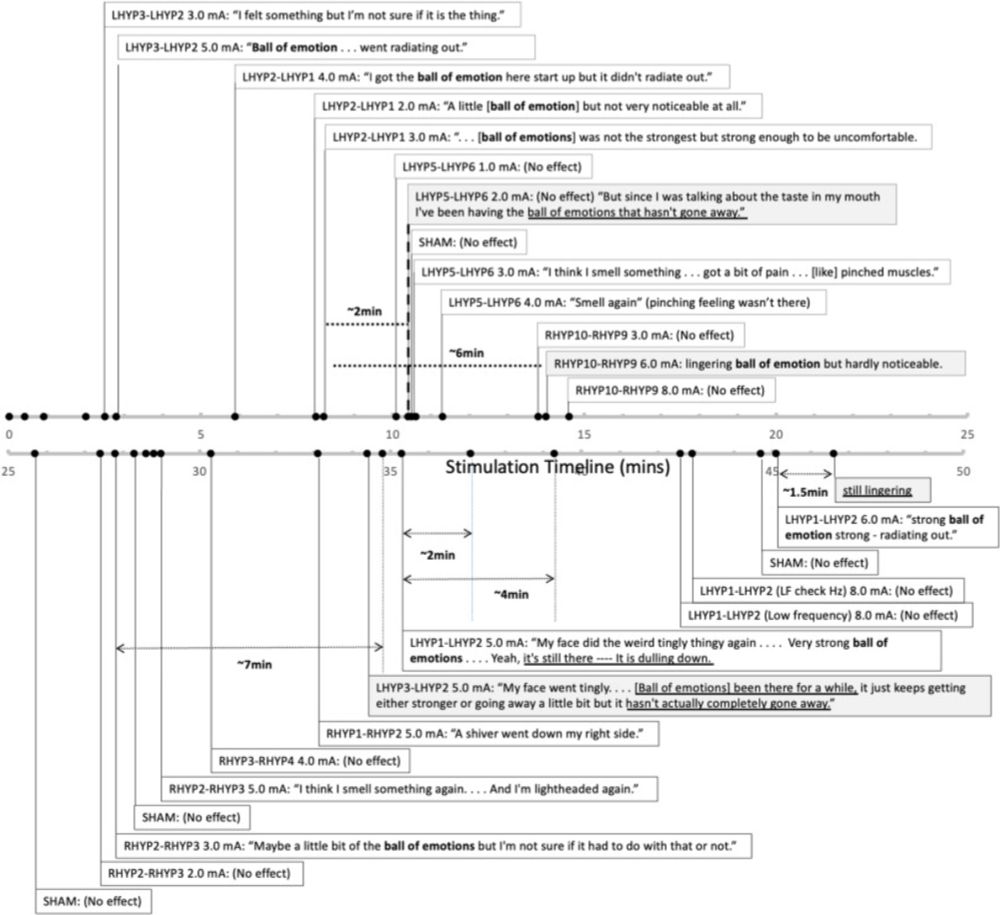
www.brainstimjrnl.com/article/S193...
The findings suggest a novel explanation for how vaccines produce this effect.
Read more ⬇️

The findings suggest a novel explanation for how vaccines produce this effect.
Read more ⬇️
More information ⬇️
www.ox.ac.uk/news/2025-06...
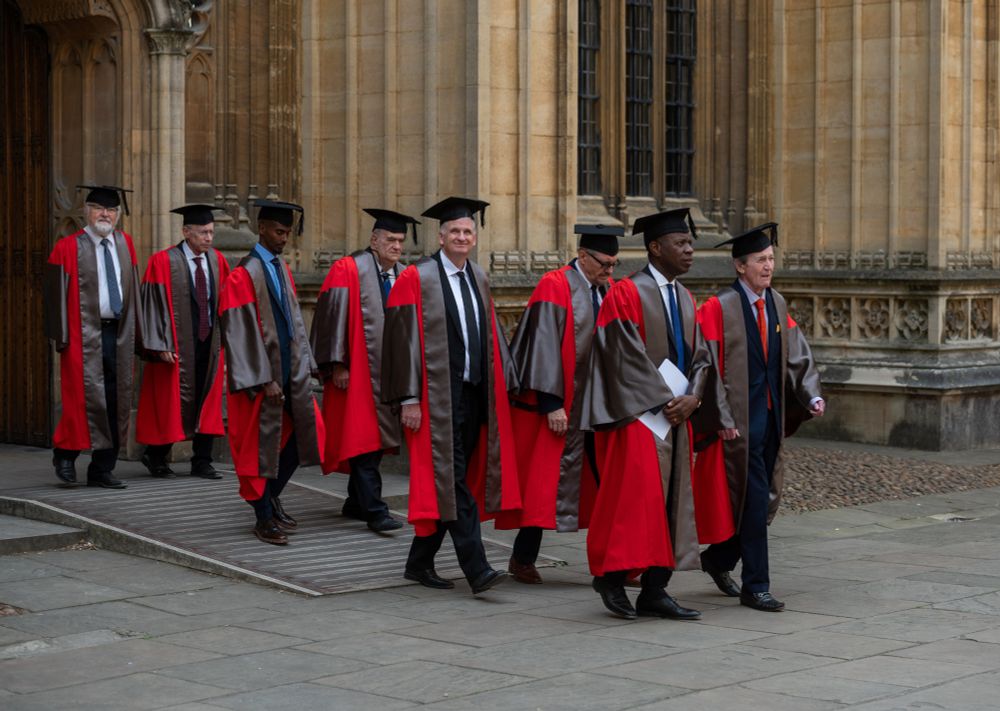
More information ⬇️
www.ox.ac.uk/news/2025-06...
The Chancellor, Vice-Chancellor, and honorands gathered with other University dignitaries, before processing to the Sheldonian Theatre.




The Chancellor, Vice-Chancellor, and honorands gathered with other University dignitaries, before processing to the Sheldonian Theatre.
Today we revealed the preview of NSF–DOE Rubin Observatory's epic cosmic movie🎬 #RubinFirstLook
From wide-field and deep views of the Universe, to the dynamic and changing sky, Rubin is already bringing the night sky to life! 🔭🧪
rubinobservatory.org/news/first-i...

Today we revealed the preview of NSF–DOE Rubin Observatory's epic cosmic movie🎬 #RubinFirstLook
From wide-field and deep views of the Universe, to the dynamic and changing sky, Rubin is already bringing the night sky to life! 🔭🧪
rubinobservatory.org/news/first-i...


Here is a starter pack to quickly follow TAUrrific researchers. Let me know if I need to add anybody
go.bsky.app/KHno2VG
@millermb.bsky.social


Here is a starter pack to quickly follow TAUrrific researchers. Let me know if I need to add anybody
go.bsky.app/KHno2VG
@millermb.bsky.social
Link: www.nature.com/articles/s41...
🧵highlights below
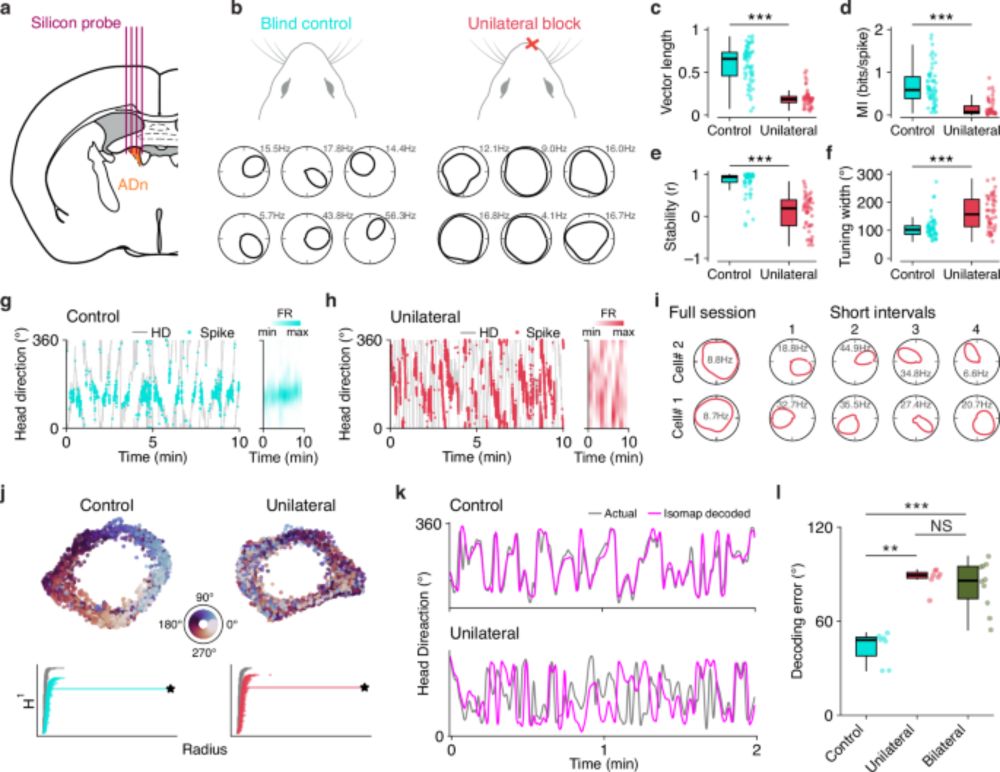
Link: www.nature.com/articles/s41...
🧵highlights below



